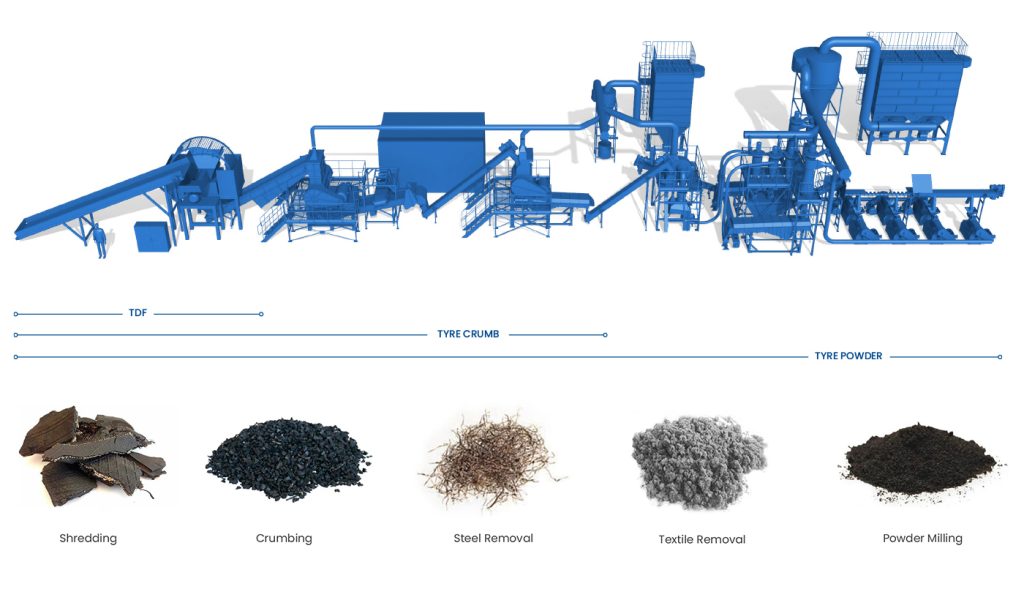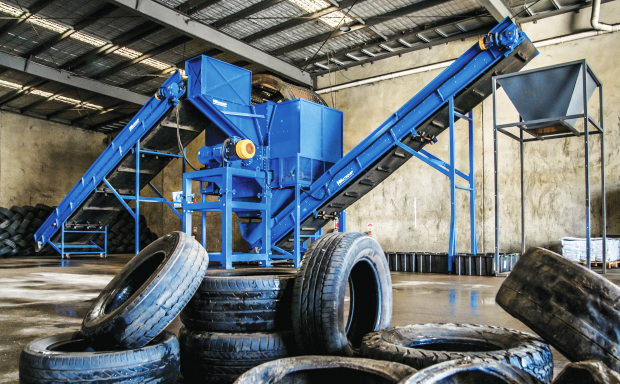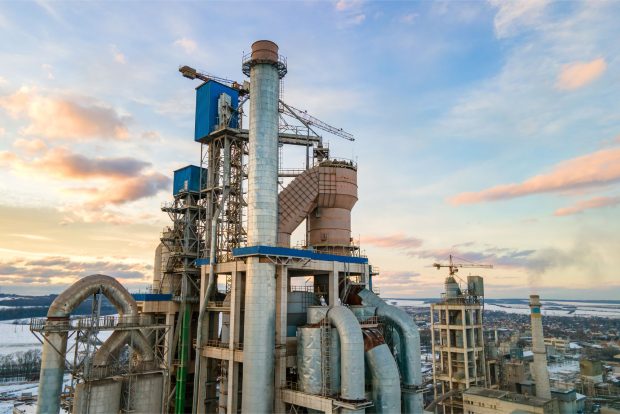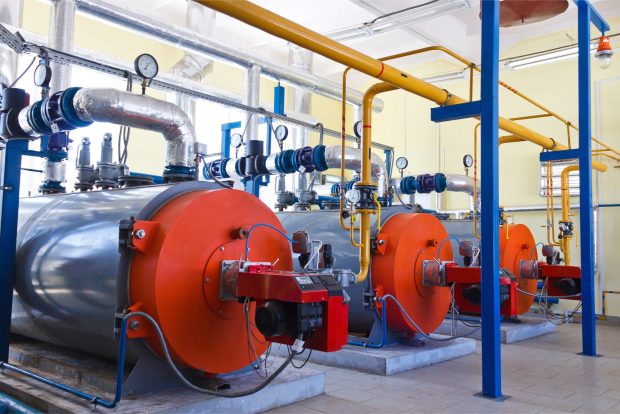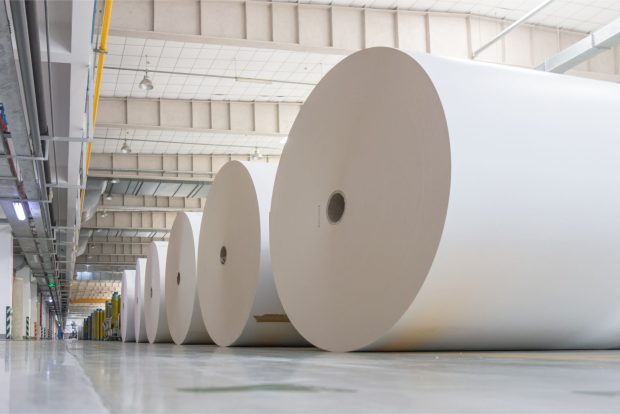There is an increasing concern for the significant volume of tyres that are being discarded and forgotten in Australia. This worry comes from the fact that tyre waste is growing on average by 459,000 tonnes a year, and 30% of that material is piling in landfills or is being irresponsibly dumped.
The consequences of these tyres not being recycled are plants and animals dying, a flow-on effect from the waste being burned off and its chemicals being released into the air, water and soil.

